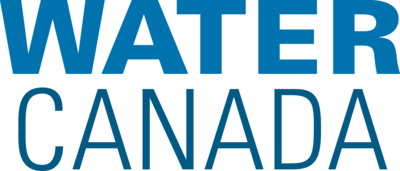WC131 JulyAugust 2023 - Magazine - Page 28

GROUNDWATER
Guelph’s grounwater management
The City of Guelph, Ontario, has a population of 143,740
(Statistics Canada 2022). In conformity with the Province’s growth
plan (A Place to Grow: Growth Plan for the Greater Golden
Horseshoe), Guelph is projected to reach a total population of
203,000, adding more than 57,000 residents and 31,000 jobs
between 2021 and 2051. Management of the expected growth and
intensification while also supporting the protection, maintenance,
restoration, and improvement of Guelph’s natural ecosystems is
both a challenge and an opportunity.
As a long-standing leader in water conservation and efficiency
efforts, Guelph remains one of the largest communities in
Canada that depends on groundwater as a source of potable
water. Given the critical importance of groundwater in Guelph,
it was a priority for the City to try and integrate it into its asset
management planning, even though the only known precedent
for doing so was the small Town of Gibsons in British Columbia.
Prior to this project, although all of the infrastructure associated
with extracting groundwater for the community (e.g., the wells
and pumping stations, delivery pipes, etc.) was already integrated
into the City’s asset management system, the groundwater itself
had not.
However, even though groundwater provides critical and valuable services including potable water and sustaining local wetlands,
streams, and rivers, it cannot be treated in the same manner as
municipally-owned pipes or ponds due to its literally fluid nature.
Managing groundwater entails navigating a number of complexities. It begins with acknowledging the intrinsic nature of
water: it is a fluid resource situated in an aquifer that surpasses
the City’s boundaries. This resource is not an exclusive possession
of the City but shared among various users. The available water
volume is another crucial factor, susceptible to fluctuations due
to changes in the frequency, duration, and intensity of precipitation, which are made more unpredicatble in a context of climate
change. To complicate matters further, water extraction is subject
to provincial regulations. The City is granted permits to take
water (PTTW) which only authorize water withdrawal within
prescribed limits and under specified conditions. Consequently,
the management of groundwater emerges as a multifaceted issue
involving shared ownership, climate-driven uncertainty, and
strict regulatory guidelines.
The groundwater quantity being drawn from the City’s aquifers was prioritized in this pilot study due to its complexity and
novelty. Groundwater quality, while significant, added additional
complexity that could not be addressed readily as part of this
pilot study.
A groundwater asset management approach
For groundwater asset management, a five-step process was
employed that has been adopted for natural asset management,
both in Guelph and elsewhere in Canada. The process,
aligning with grey asset management, involves defining the
28
WATER C AN ADA • JULY/AUGUS T 2023
Figure 1
Guelph/GuelphEramosa Tier 3
Groundwater
Wellhead Protection
Areas for Water
Quantity (WHPA-Q)
Top to bottom: Figure
1: Map of Guelph’s
wellhead protection area
for water quantity. Water
level monitoring in Halls
Pond wetland, Guelph.
asset, establishing a level of service measure, assessing the asset
condition and risk, and establishing its value.
Guelph’s groundwater asset was defined based on the water
balance within Guelph’s wellhead protection area for water quantity (Figure 1). Using existing hydrogeologic modelling, the asset,
in this context, was defined as the sustainable amount of water
that can be extracted from the aquifer over the long term without
causing adverse impacts to the water balance. Hydrologic modelling is needed to determine this volume.
For Guelph, this modelling was included in the Tier 3 water
budget completed as part of the source water protection process.
Factors that can affect this long-term sustainable extraction rate
(i.e., the defined asset), include the extent of the geographical
area from which the groundwater is drawn, and the quantity and
placement of wells in that area.
The asset condition was established by comparing standard
metrics of current and forecasted groundwater extraction rates
WAT E R C A N A D A . N E T